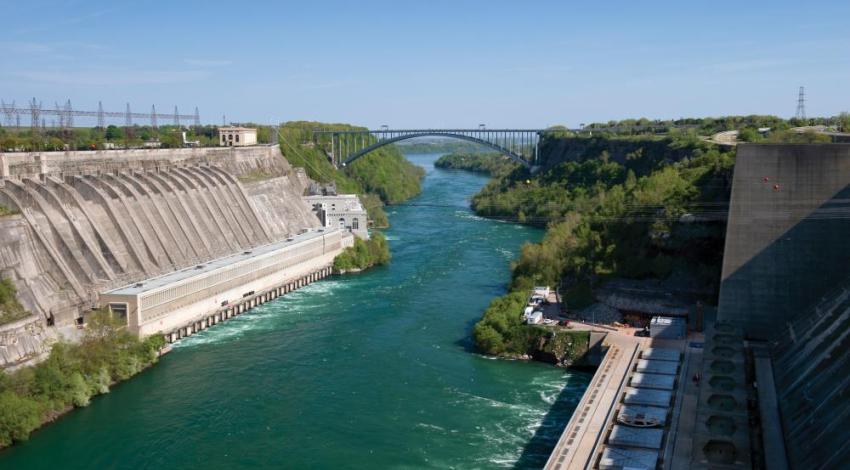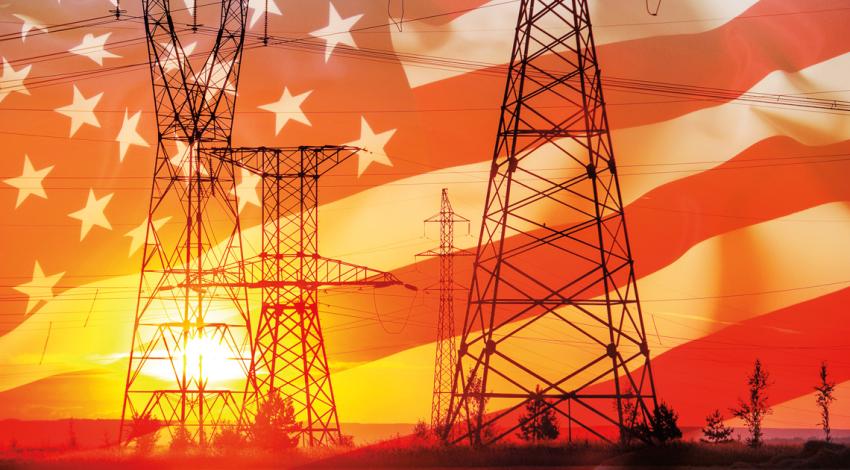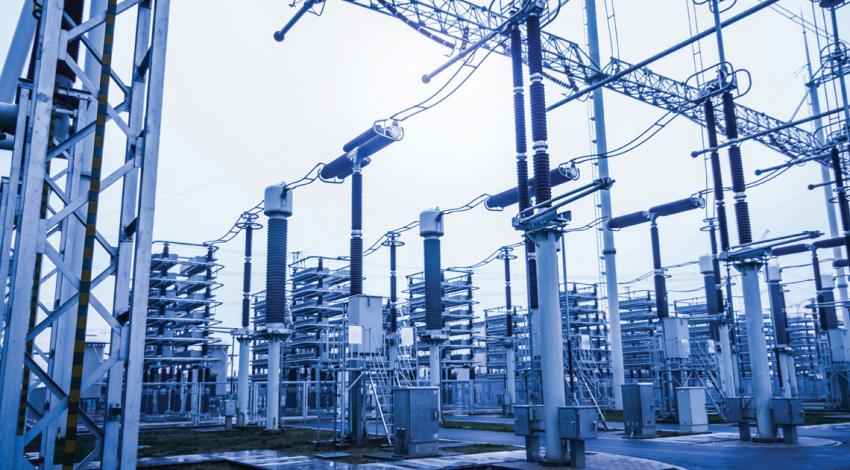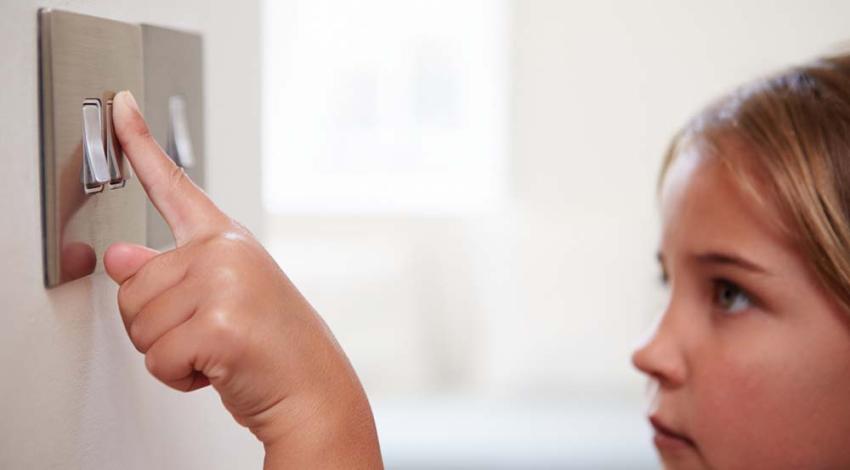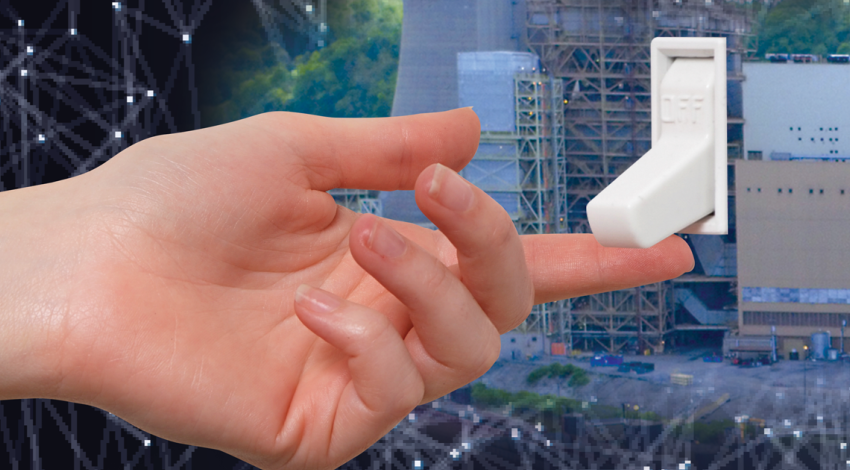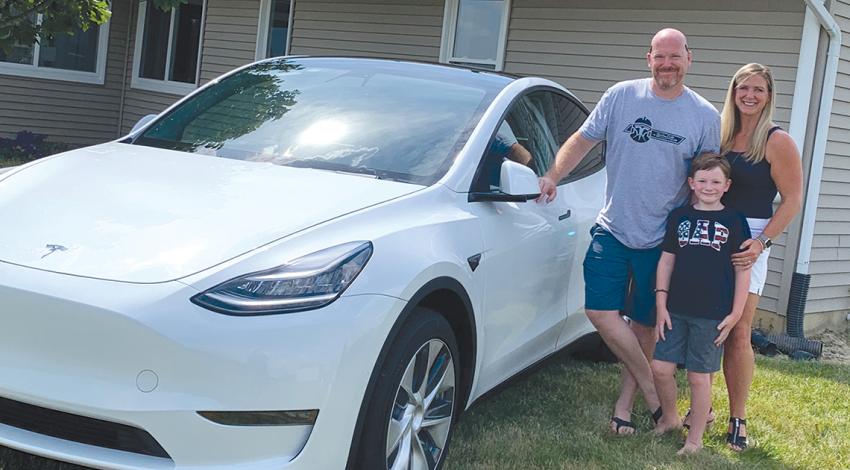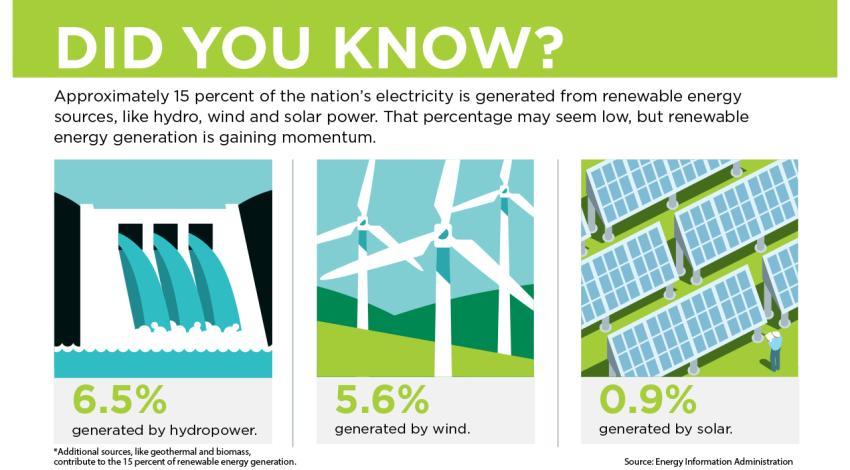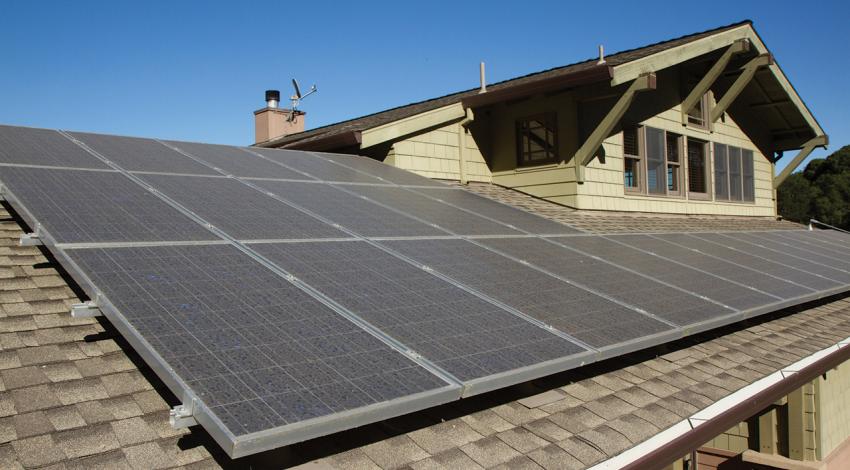Every year for decades, the planet has used more energy than the year before, spurred largely by the improving standard of living in developing areas. At the same time, the world has tried to move away from fossil fuel dependence and toward renewable sources in the worthwhile hopes of reducing environmental impact and gaining more independence from supply sources that are unreliable or unfriendly (or both). New energy supply technologies, therefore, always attract plenty of attention.
renewable energy
There’s an important debate going on currently about the best way to generate electricity to power America’s homes and businesses, framed something like this: Low- or zero-carbon-emission sources that are both generally expensive and only intermittently available on the one
“While coal and natural gas provide the bulk of our electricity supply in a reliable and cost-competitive manner, we continue to seek opportunities to develop renewable energy projects that make sense for our members,” says Pat O’Loughlin, president and CEO of Ohio’s Electric Cooperatives, the trade association that provides services to the 24 electric distribution cooperatives in the state. “Our hydropower, bio-gas, and solar resources are an important part of the mix. We’re always looking to grow and expand our supply resources in economical, practical, and beneficial ways.”
The concept of energy independence is complicated. In the U.S., we’ve generally talked about it in reference to oil and gasoline, but in fact, there are many more forms of energy that matter to our security, safety, and general well-being. In addition to oil and gasoline, for example, we need things like natural gas supplies and electricity derived from a variety of sources.
There is a lot of discussion taking place on what to do about carbon emissions. In fact, Congress is actively considering proposals that would require dramatic reductions from the electric power sector over the next 10 years.
Since 2005, carbon emissions from U.S. electricity production have been reduced by more than 30%, while other sources of emissions in the U.S. have remained relatively unchanged — and global emissions have continued to increase. That dramatic reduction has been the result of increased use of high-efficiency natural gas power plants and increasing contributions from renewable sources like wind and solar. Electricity production will continue to get cleaner and greener over the next several years.
Consumer-members of Ohio electric cooperatives understand the benefits of renewable energy sources like wind and solar — endless supplies that can’t be used up, with little to no carbon footprint.
Why can't we switch to all renewables?
In a word, reliability. Ryan Strom, manager of power delivery engineering services for Buckeye Power, says, “A lot of people don’t realize when they’re using electricity at home, there is a power plant actively running to support that.” Electricity is produced as you’re using it, not stored for when you need it.
Joey and Kristin Huber have been considering — consciously and subconsciously — the benefits of electricity for some time.
The Hubers are part of a growing number of people taking advantage of the benefits of using more electricity as part of a strategic plan to save money and reduce environmental impact. That, in turn, improves their quality of life and helps the stability of the entire electric grid.
There are lots of reasons that electric consumers may check into the possibility of generating some of their own power — after all, sunshine and wind are seemingly free, and modern technology has made it possible to use those resources at the household or building level in a way that’s never been possible.
But there’s much to consider before making that decision: economics — the real monetary potential of the system; safety — for both consumers and lineworkers trying to restore power during an outage; and reliability — ensuring a steady flow of electricity.
While many people endorse the benefits of solar power, the idea of their actually installing and maintaining a costly rooftop grid might never see the light of day.
Through a community solar program called OurSolar, members of Ohio’s Electric Cooperatives will soon be able to plug into the sun without the drawbacks of doing it themselves. As part of OurSolar, Buckeye Power is beginning to build new solar panel arrays at several locations around the state, bringing more emission-free energy to Ohio’s electric cooperatives.

